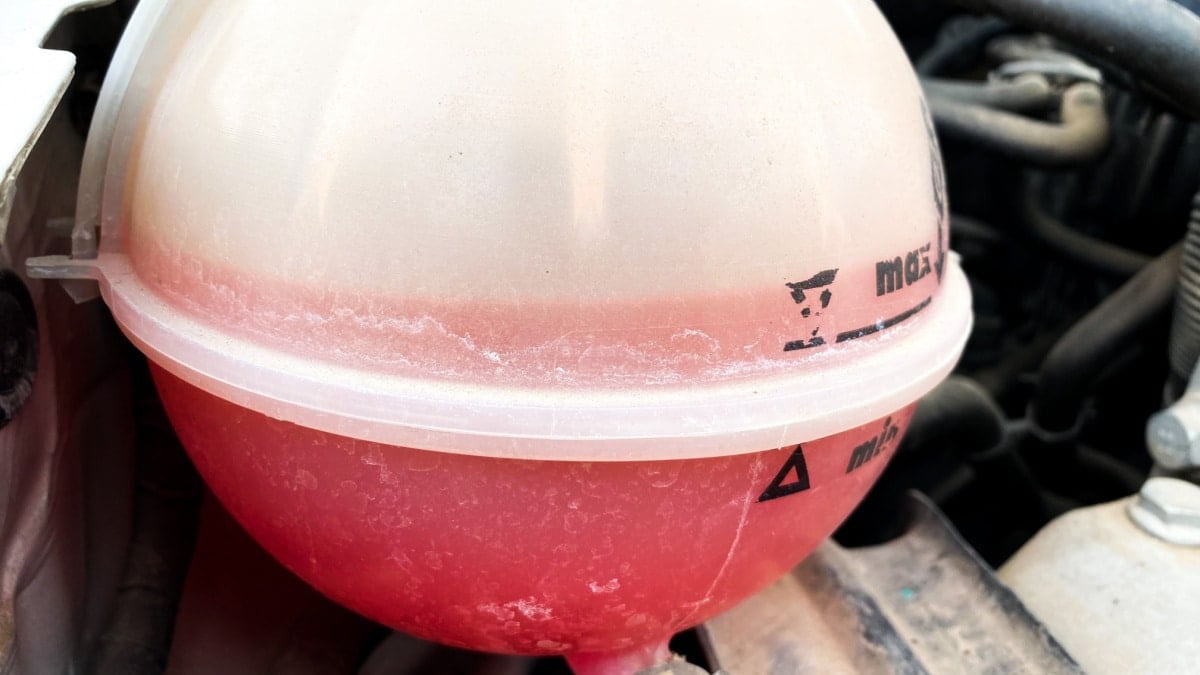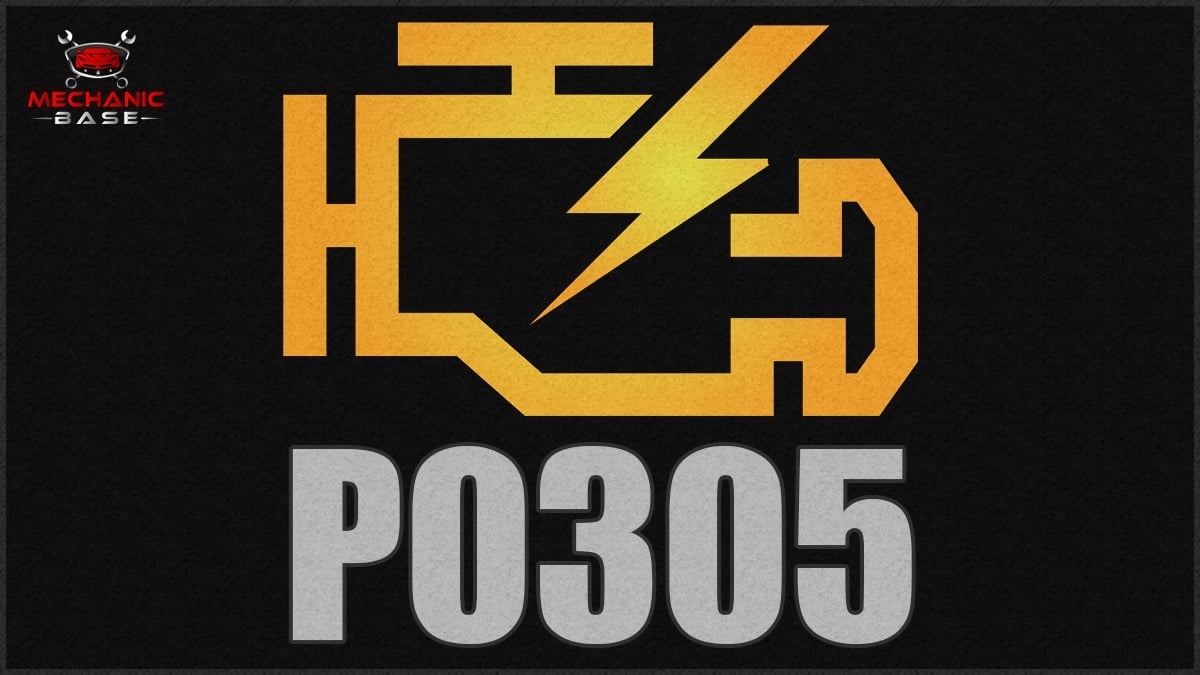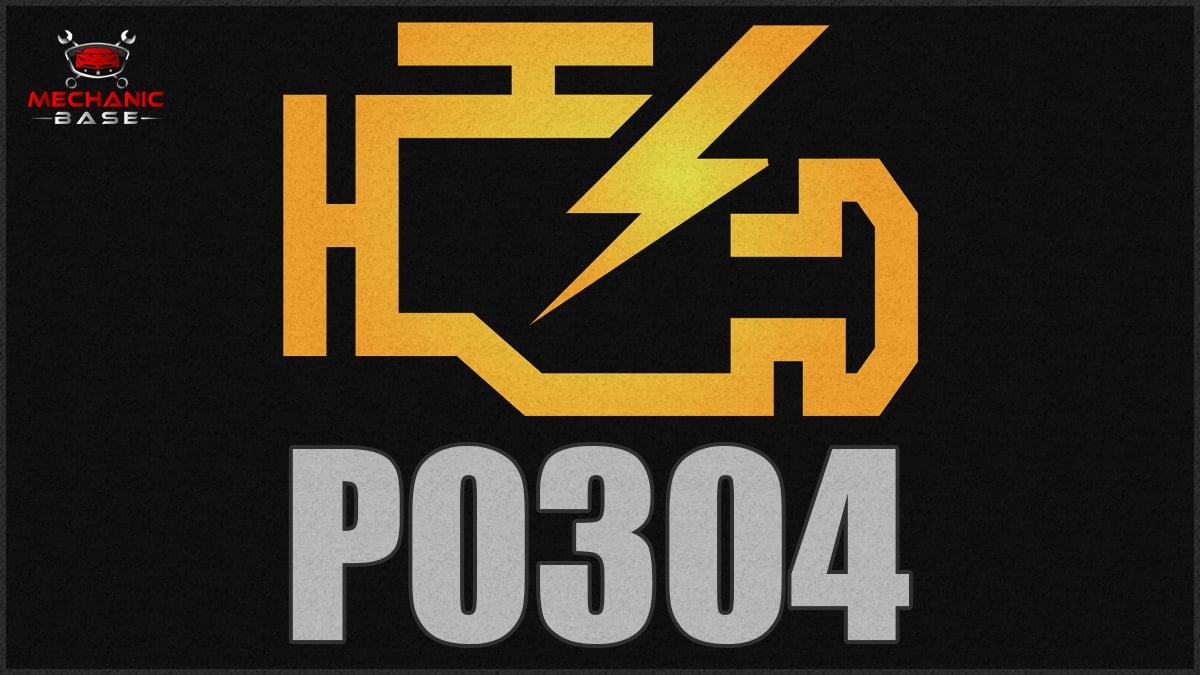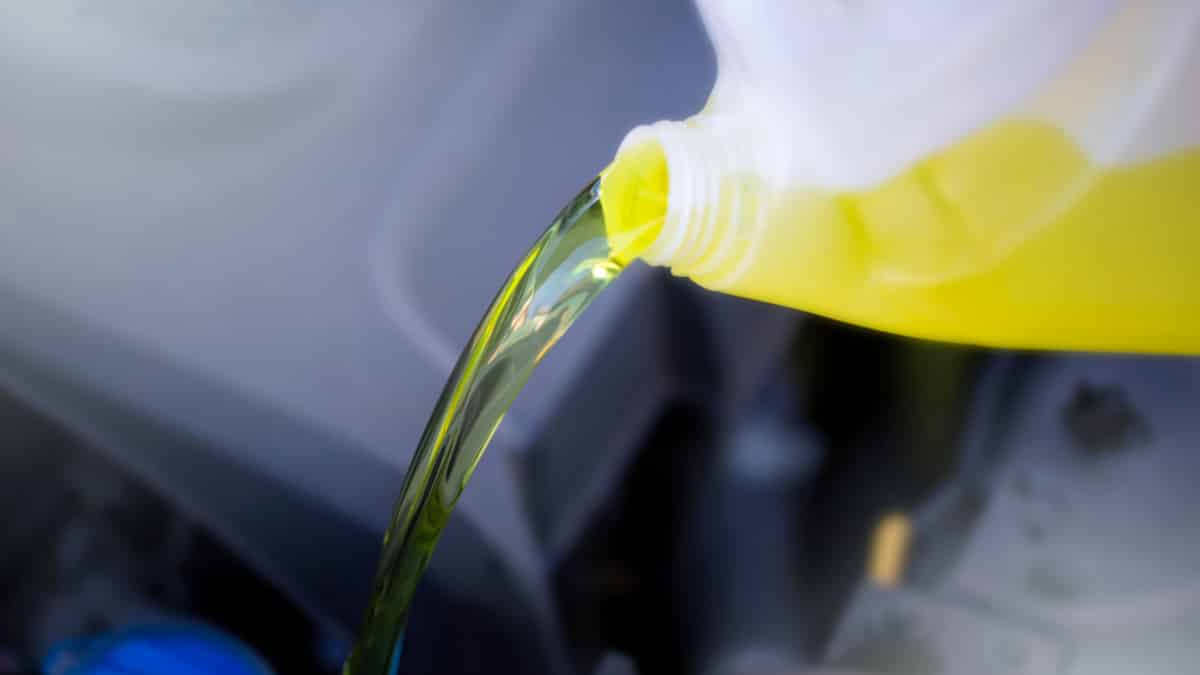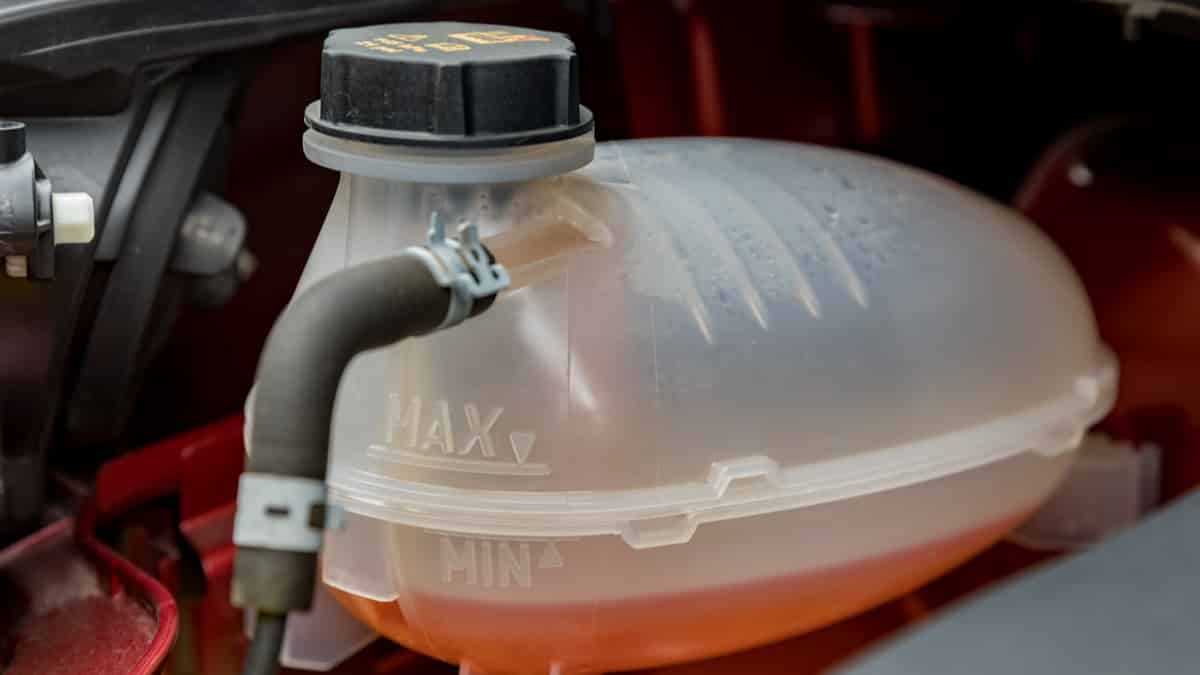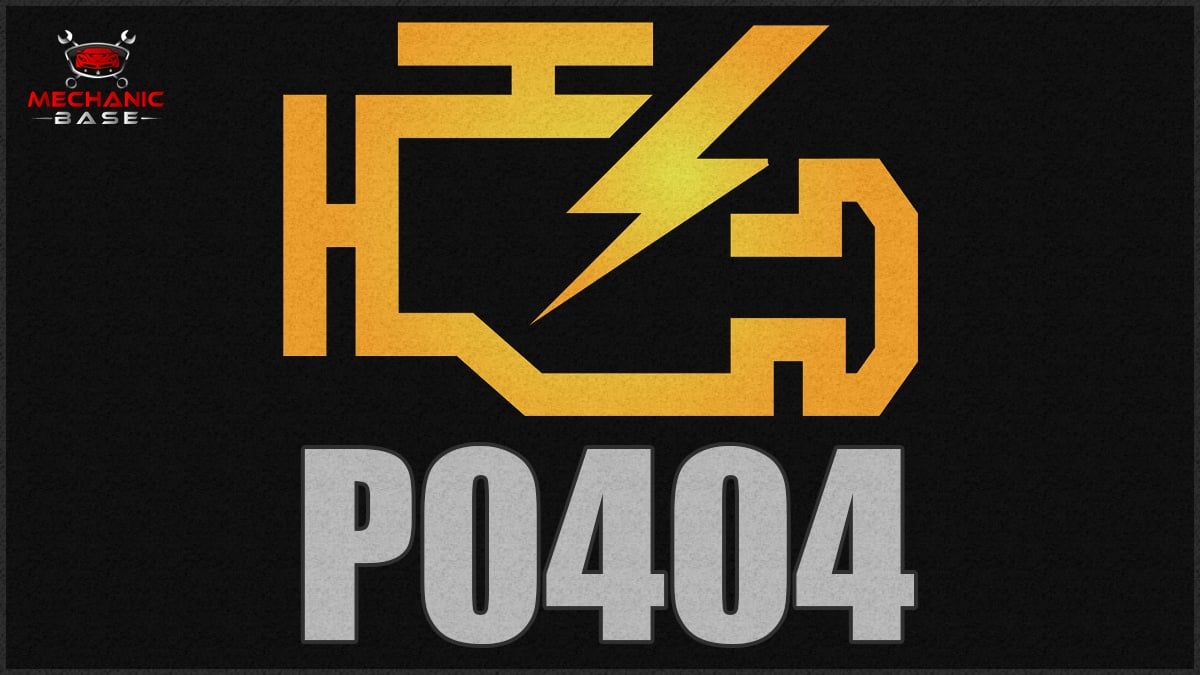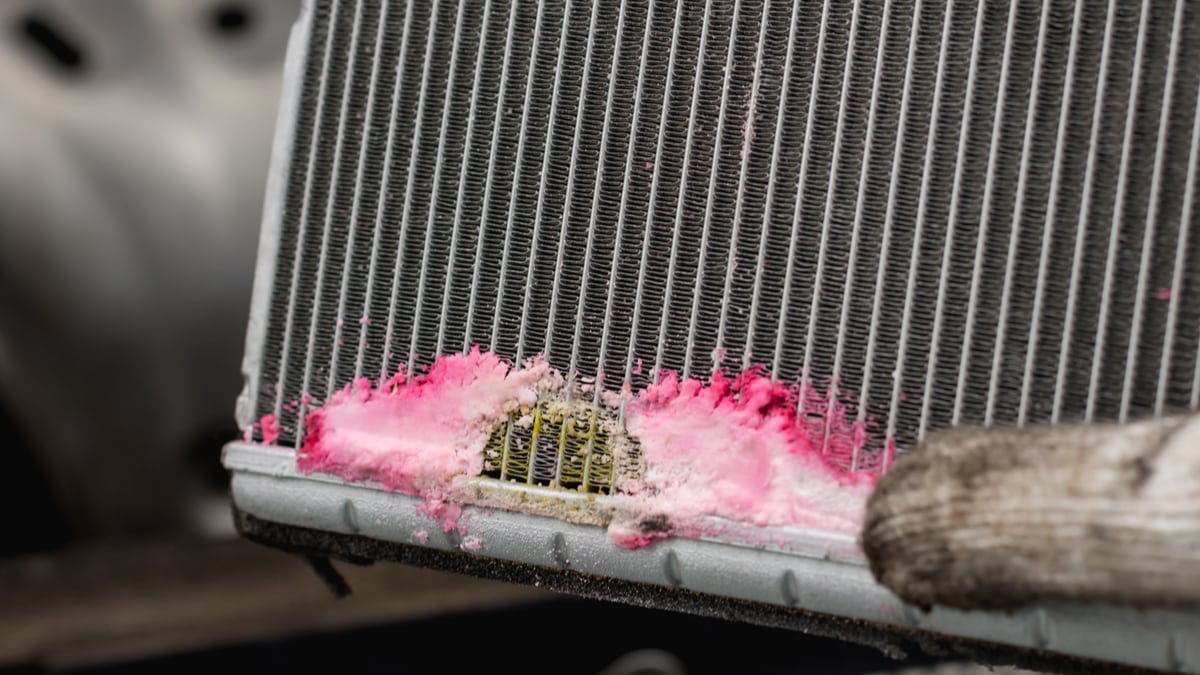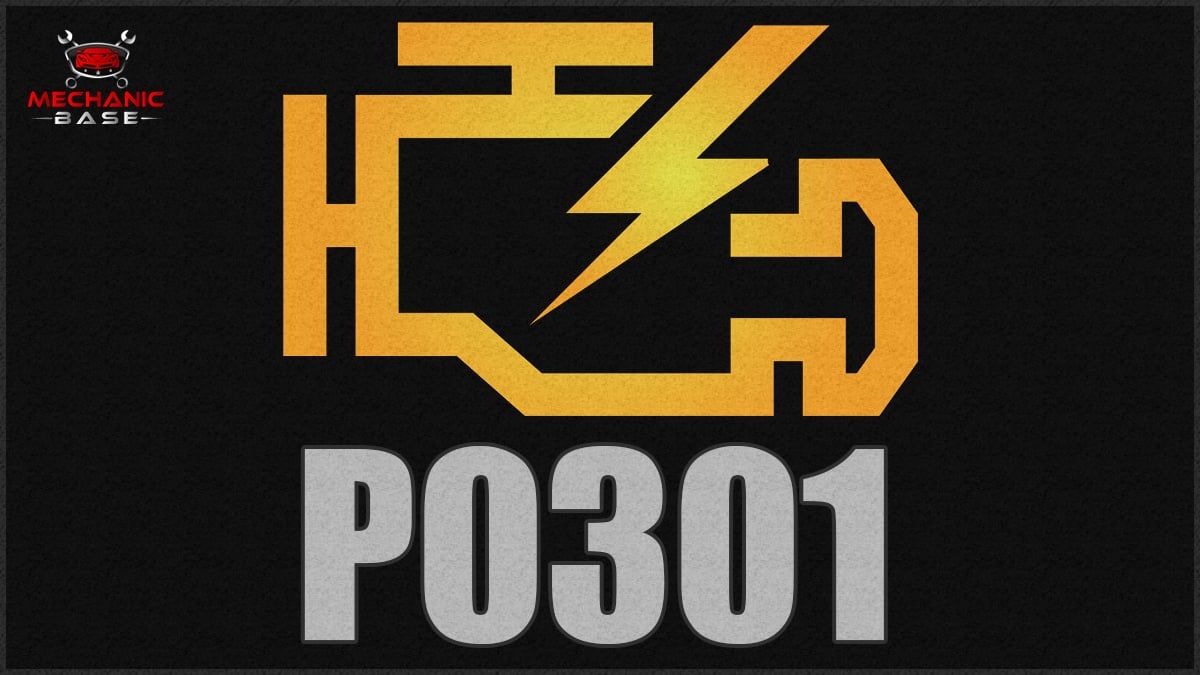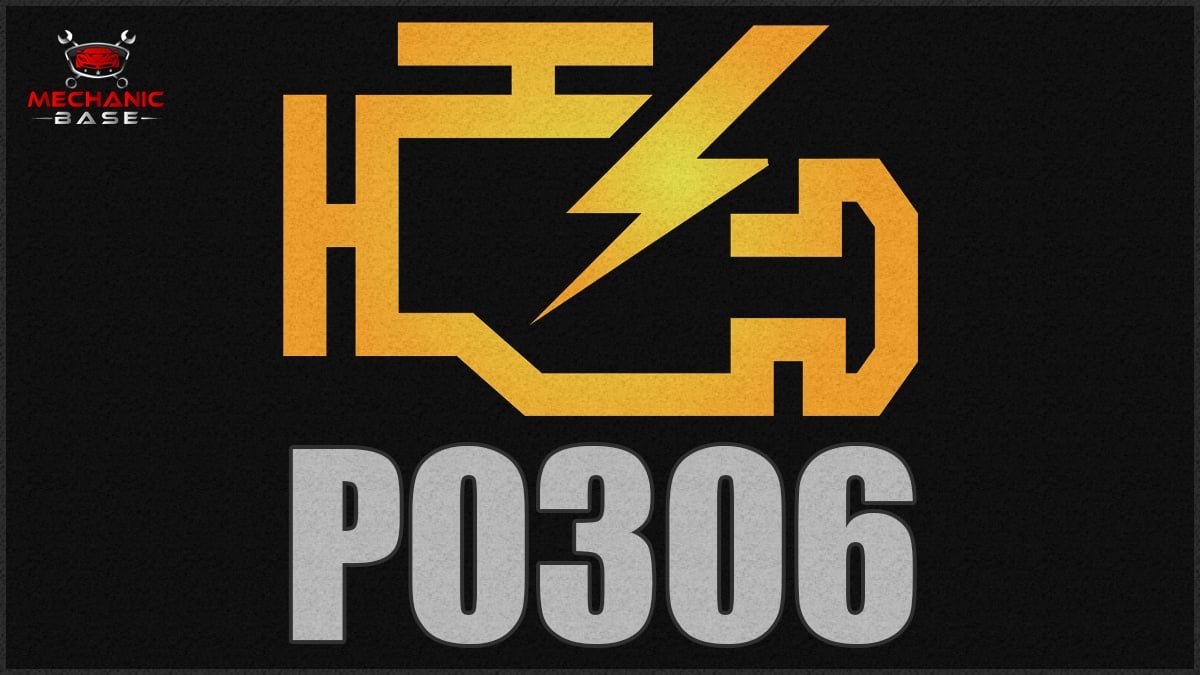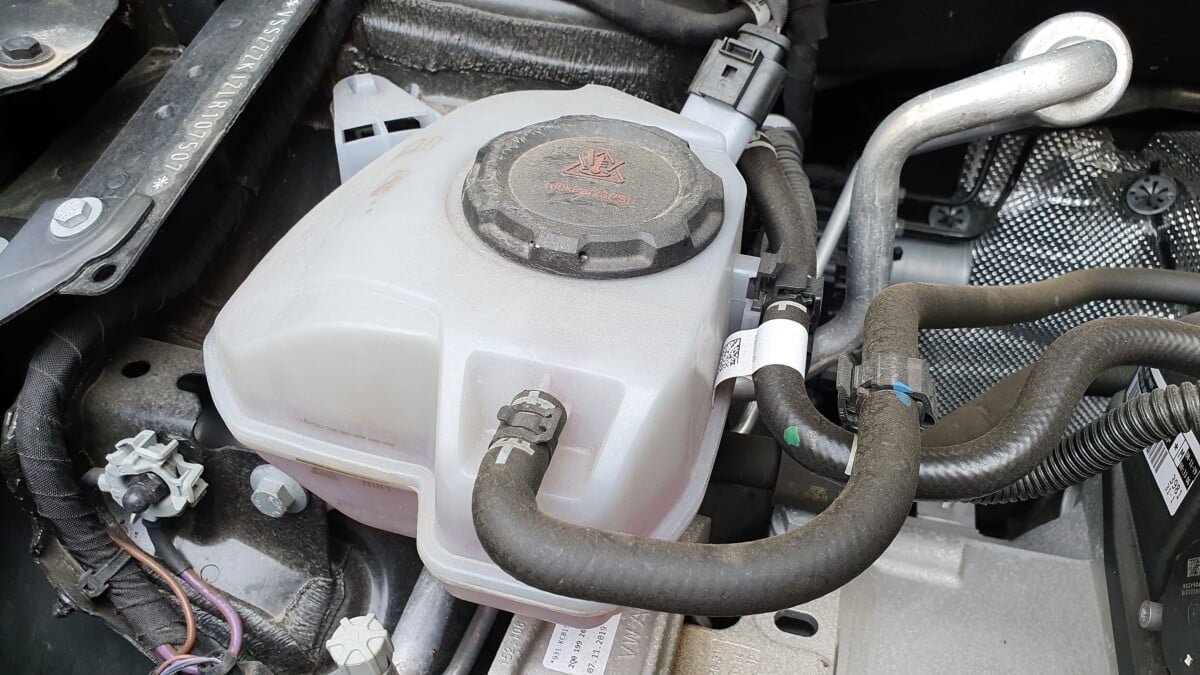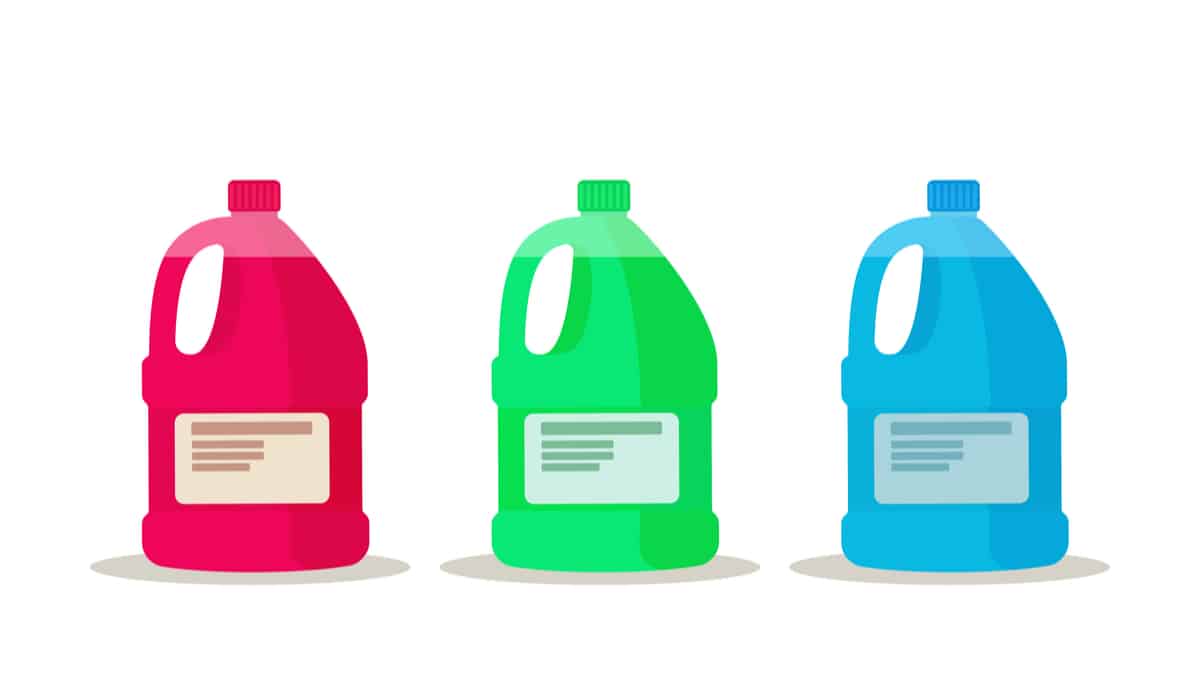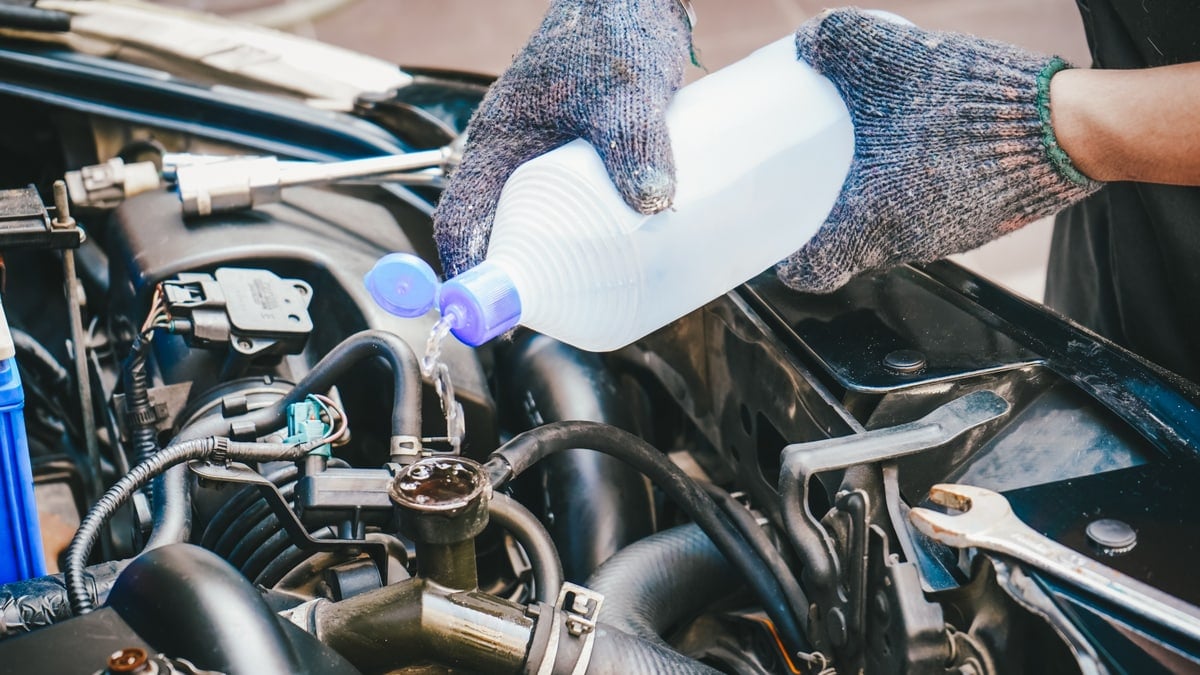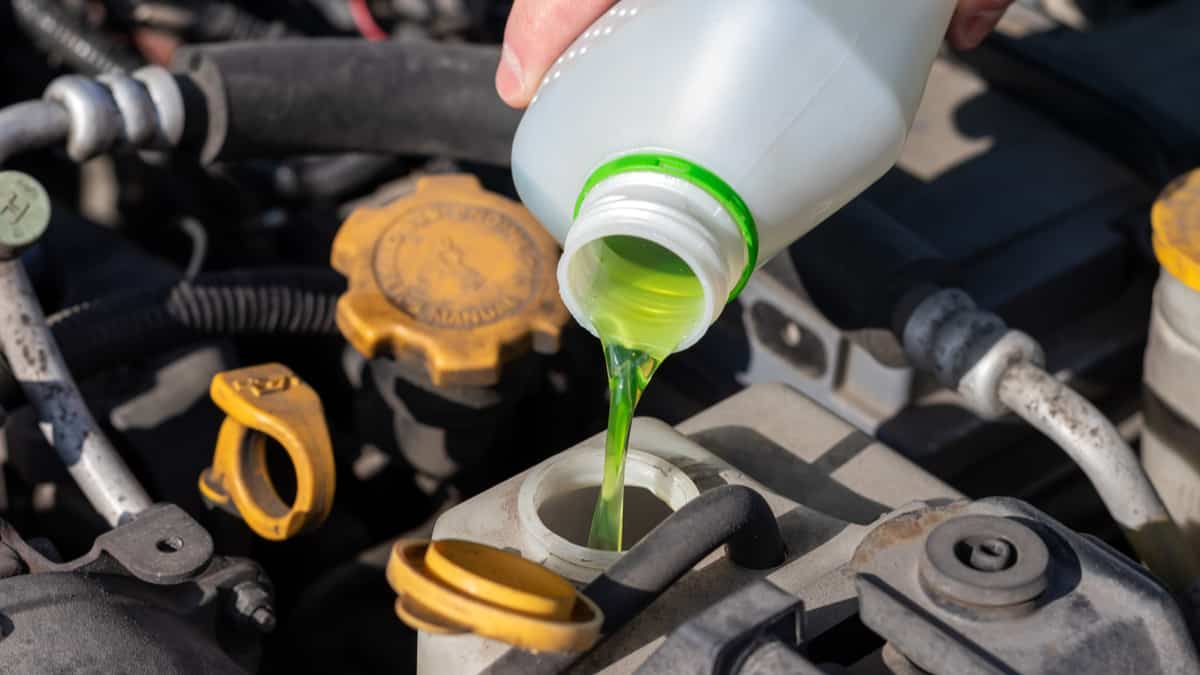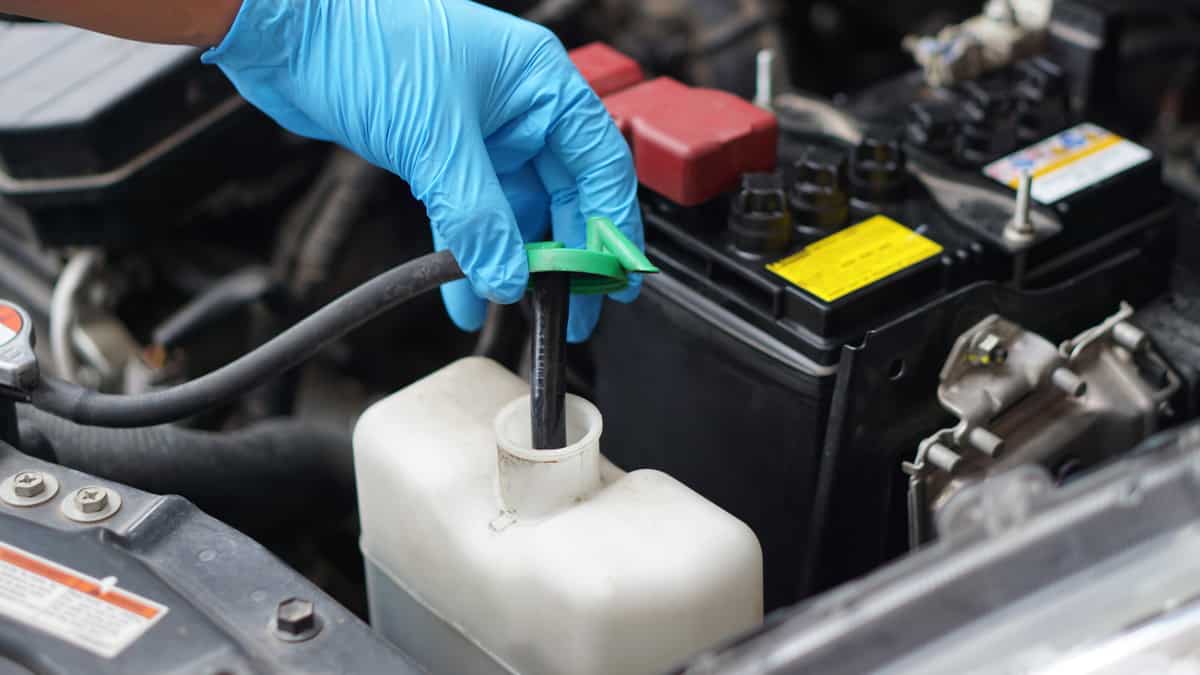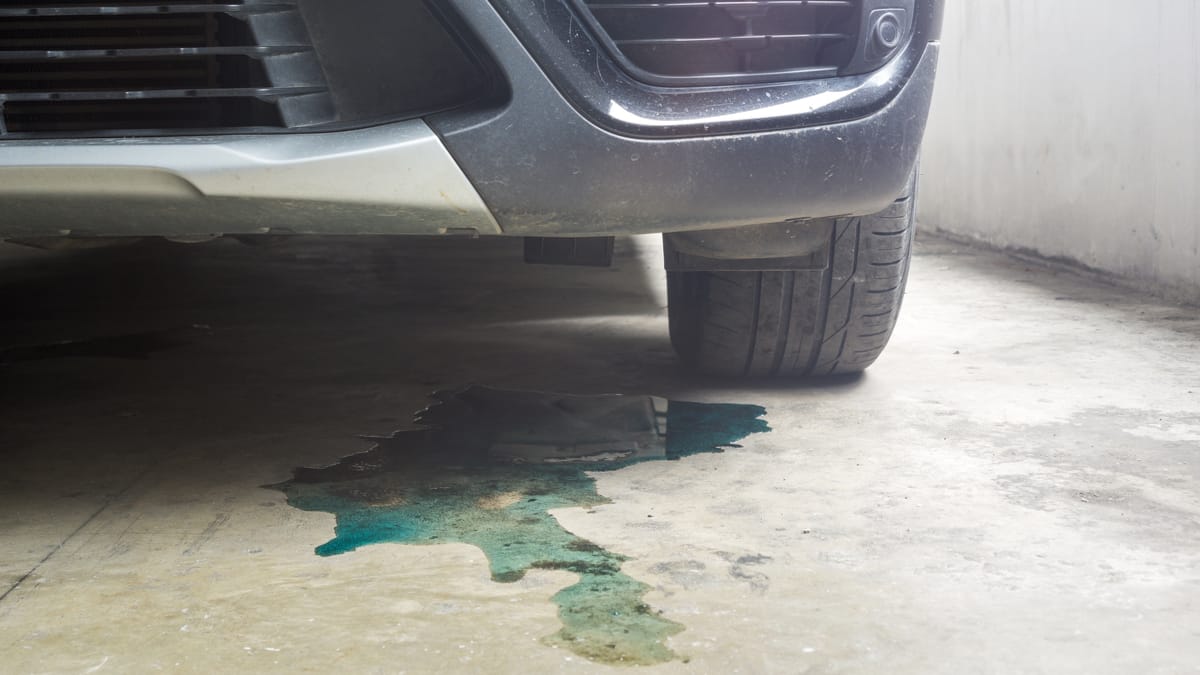The car’s cooling system is closed, meaning nothing should be able to get in or out. However, various faults can lead to trouble, allowing fluid to leak out or air bubbles to get in. What does it mean if there are bubbles in the coolant reservoir?
I discuss how the cooling system works with an outline of the major components so you have a better understanding of what’s happening. I also point out what could be wrong so you can get the problem fixed quickly.
Car Cooling System Basics
Before you can understand where the bubbles come from, you need to comprehend how the system works. Your car’s cooling system is made up of numerous components. There’s the water pump that is responsible for pushing the coolant to the motor, and there are other parts, as well.
The system also contains a thermostat, which is responsible for controlling coolant temperature. The thermostat must ensure that the fluid doesn’t freeze or boil.
You probably also know about the radiator, which helps to reduce the temperature of the coolant after it leaves the engine. With the help of outside air running through, the coolant can be cooled down before it heads back through the motor.
On top of the radiator is a cap that’s needed to maintain the appropriate amount of pressure in the system. If pressure is lost, the coolant’s boiling and freezing points can be dramatically affected.
These major parts create a continuous loop known as the cooling system. Coolant is routed through a series of hoses to the engine, where it removes some of the heat. The coolant is then taken to the radiator to cool down, and the cycle continues as long as the car is running.
Reasons Bubbles are in Coolant Reservoir
If you notice air bubbles in the coolant reservoir, this is in most cases completely normal. But if there are a lot of bubbles and you notice problems like overheating, it could indicate a broken pressure cap, a blown head gasket, a coolant leak, or trapped air pockets.
Here is a more detailed list of why you may see bubbles in the coolant reservoir:
1. No issue at all
A lot of times people get more worried than they should when they see some bubbles in the coolant reservoir because they have heard horror stories about a blown head gasket causing it.
But if you only see a few bubbles when topping up the coolant system and if you don’t notice any other cooling issues like overheating, you probably have nothing to worry about.
However, if you notice a lot of bubbles along with an overflowing or an overheated coolant system, you likely have an issue with the system.
2. Broken Pressure Cap
To keep the system pressurized, there’s a special cap perfectly fitted to the radiator. The cap is needed to ensure a perfect amount of pressure remains in the system. If this cap is damaged or has broken, air can leak into the system where it doesn’t belong.
You might see some bubbles that form near the pressure cap. Overheating can also occur if the coolant’s temperature can’t be lowered completely. Thankfully, this is one of the easiest problems to remedy – a simple cap replacement is all that’s needed.
RELATED: 6 Symptoms of a Bad Radiator Cap (& Replacement Cost)
3. Blown Head Gasket
On the other end of the spectrum is a blown head gasket, which no one wants to deal with. When a head gasket blows, the air pressure from the system can be pushed out, lowering the boiling point of the coolant. The coolant will overheat, causing the engine to get too hot as well. If left unchecked, the engine can suffer permanent damage.
Sometimes, the head gasket blows because the engine overheated in the first place, which is why you should always stop driving immediately when the motor temperature gets too hot. If the head gasket is blown, you can see air bubbles or oil in the coolant. It’s also possible to see coolant in the oil, depending on where the gasket failed.
RELATED: How to Test if the Head Gasket is Blown (7 Easy Steps)
4. Air Pockets
Air pockets can occur in the system immediately following a coolant flush. As coolant is added, air can get trapped, leading to a circulation backup in the motor.
If there’s air trapped, you will see bubbles in the radiator. The engine could also start to overheat. It’s possible to bleed the air out of the cooling system, but it should only be done by a professional.
5. Coolant Leak
Coolant leaks can cause not only coolant to leak out of the system, but also air to leak into the system. Broken gaskets or hoses are the most common places for coolant leaks.
The cooling system is made up of many different hoses, all of which need to remain sealed. If a hose becomes old, it can get easily damaged and break. Any small crack or hole in a hose can be a disaster that should be dealt with immediately.
Not only will coolant leak out through this hose and cause the level to be too low, but the engine can also overheat. Replacing the hose is your only way of resolving this problem.
RELATED: 5 Causes of a Coolant Leak – How to Fix it & Repair Cost
6. Broken Thermostat
The thermostat is responsible for controlling the amount of coolant that moves in and out of the engine. It must open and close at particular times based on how hot the coolant is.
If the system has started to overheat because of a broken thermostat, it will be possible to see bubbles in the coolant. Replacing the thermostat isn’t usually expensive, costing an average of $150 to $400 for parts and labor.
RELATED: 5 Symptoms of a Bad Car Thermostat (& Replacement Cost)
7. Malfunctioning Water Pump
The water pump is needed to circulate the coolant through the hoses and pipes. It needs to be functional, so the coolant reaches every corner of the system. If the water pump becomes damaged, coolant won’t be able to circulate, and the engine could overheat. Of course, this situation in itself can lead to bubbling coolant.
Additionally, air can get trapped in the water pump if it is defective. If you don’t replace the pump, air will remain inside the system.
8. Defective Heater Control Valve
The car’s heater control valve is responsible for allowing hot coolant into the passenger compartment so it can warm the cabin. Hot coolant flows from the engine and can be used by the climate control system to warm you up on a cold day. It’s an efficient way to re-route heat to where it is more useful.
If the heater valve is faulty, air can seep into the system, resulting in air bubbles arising. It can also cause the engine to overheat. What’s worse with this problem is the cabin won’t get the heat it needs, leaving passengers cold in the dead of winter.
9. Rust/Contamination
The car radiator is made from metal. Over time, it’s bound to rust no matter how well you take care of your car. However, it’s going to rust even faster if you don’t take care of it. That’s why it’s important to clean the radiator often. Debris can clog the radiator, leading to damage that could have been prevented. You also need to make sure that the system has the right amount of coolant inside.
When the radiator degrades or is clogged, the coolant has trouble dispersing heat properly. Inside the system, the coolant will boil, leading to bubbles in the tank. With this boiling coolant also comes the risk of an overheated engine, which can lead to permanent engine damage.
Why is my coolant bubbling but not overheating?
If there is air trapped in the coolant system, it can cause the coolant to bubble but not overheat. It could also be due to a bad coolant pressure cap, or a small leak in the head gasket which is not large enough to cause the engine to overheat.
How do you know if your head gasket is blown?
To get a reliable answer as to whether your head gasket is blown, you need to have a professional mechanic take a look. However, signs such as white smoke from the exhaust, overheating, oil in coolant and coolant in oil are some common ways to tell that your head gasket may be bad.
How do I know if I have air trapped in my cooling system?
The only way to know if you have air trapped in the cooling system is to flush the system or properly bleed the coolant system. If you see bubbles rising in the reservoir or if the engine temperature fluctuates, it is a sign that there may be air trapped in the cooling system.
Can air bubbles in coolant cause overheating?
Yes. If the air bubbles are from air pockets or a bad head gasket, it can cause your engine to overheat. An overheated engine can result in very expensive repair costs, so you should definitely get it fixed as soon as possible.
RELATED: Oil In Coolant Reservoir? (Should I Worry?)
Categories: Coolant
